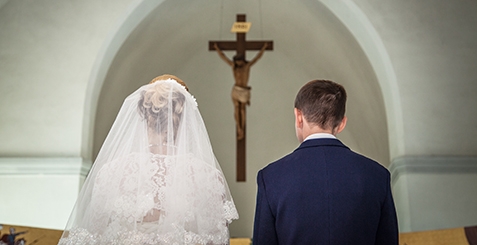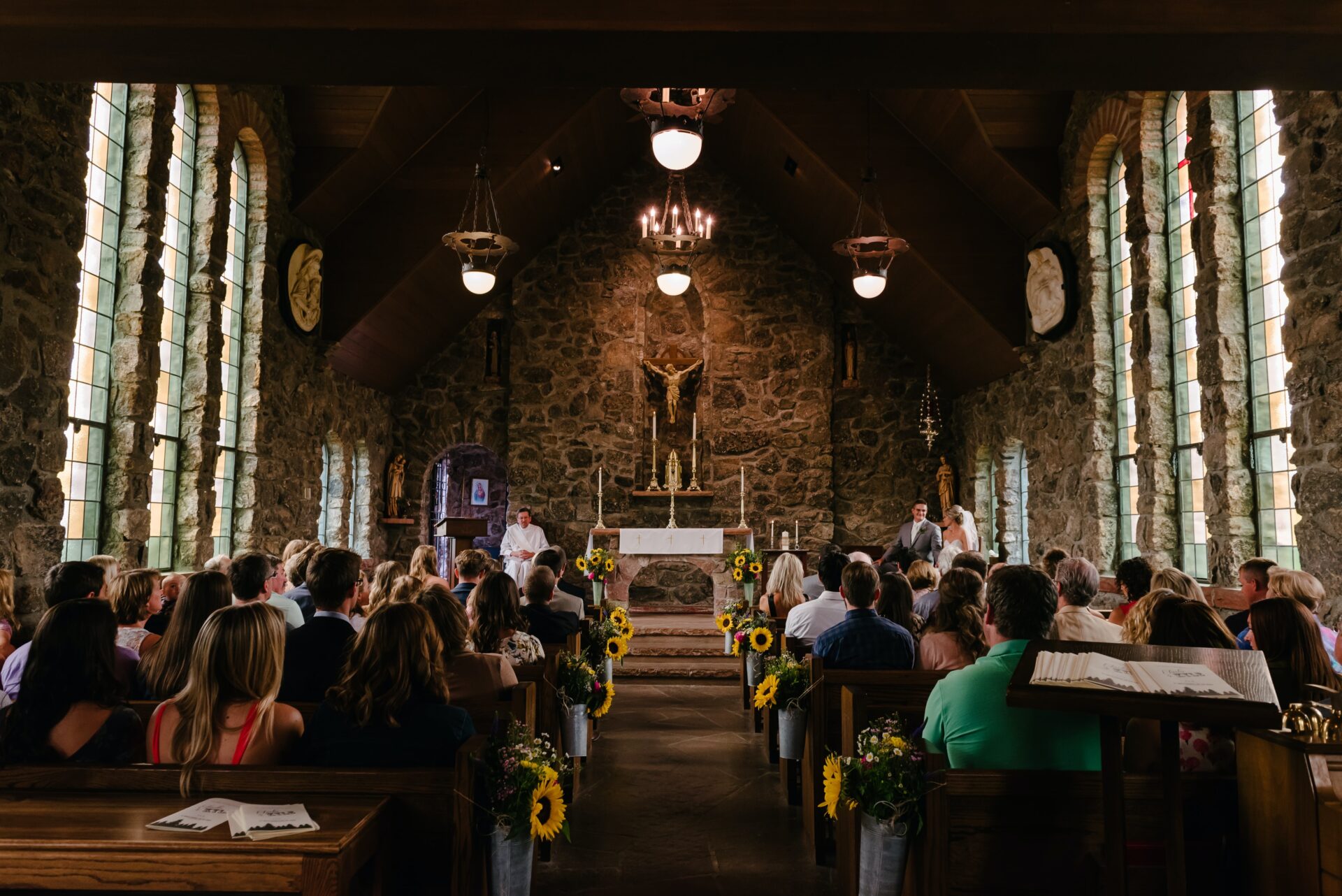On one particular day in October 2011 (I am not sure of the precise date), I was making my way to class at the Pontifical Catholic University in Santiago, Chile, where I was studying abroad for a semester. The class was held in room N2 in one of the university’s central buildings, a ‘California style’ classroom complex with all the doors facing out to the open air. I took my seat in the second row where I sat next to the other American students, two boys and two girls from the University of Notre Dame. At the beginning of each lecture, the teacher would silence the pre-class chit chat and take attendance, but on that particular day he was occupied with another task in the first couple minutes of class. So the professor delegated the attendance to an agronomy major, Juan, with whom he had been talking before class about his farm in southern Chile. Juan had black hair, tanned skin, and stood about 5’7” tall, and as he sat at the teacher’s desk calling off the list of names, I remember thinking that he had the most wonderful deep baritone voice. Today I hold this memory dear to my heart as the first time I remember seeing and hearing the man I am going to marry.
I have always liked the phrase, “If you want to hear God laugh, tell him your plans.” In Chile they have a similar phrase, “Uno propone, Dios dispone” which means something like “Man suggests, God decides.” At that point in my life, I had no idea how true those words would become. I certainly never planned on marrying someone from another country. And yet several weeks later, Juan and I went on a date, salsa dancing, after which he walked me back to my apartment as we talked and talked. We started studying for class together and going on long walks, and our conversation would turn from to what we were interested in and our thoughts on life and faith. We began to realize that this might be for real. Even though we had no idea what the future might hold, with a little faith and a lot of discernment we decided that we would continue discerning a life together despite the long distance and obvious challenges that our relationship presented. And so, after the 11:00 Sunday mass on my last day of the semester abroad, we said goodbye with no fixed plans to see each other again but a certainty God was not yet done with us.
My plans to study more than one semester at the Pontifical and eventually do my Master’s in Linguistics at the University of Chile (which is what I’m doing now) made our relationship possible, albeit with lots of time as a long, long, long distance couple. Juan visited my home in Wisconsin and met my family a year ago. This past April, 2 years and 5 months after we met, he asked me to marry him. Needless to say, I said yes.
The story of how God calls two people to marriage is always beautiful and is unique for every couple. Our story has certainly been unique. At times I have wondered why God would call us to marriage if we are from such different places. Then again, why wouldn’t he? If there is one thing I have learned in my life over the past five years, it is that God has a habit of surprising his followers with plans far more wonderful and challenging than they would ever have made for themselves.
As I reflect on our journey, I would like to talk a little bit about one aspect of our relationship that is not so unique, which is that fact that Juan and I technically speaking are what one might call a multiracial/multicultural couple. I’m not a fan of the label, but the situation it describes is becoming more and more common given the diversity of the United States. Cultural differences, like any other differences we bring to a relationship, can present their own blessings and challenges. There is often a greater need for communication about topics which are taken for granted when you share the same cultural background. It is important to learn about the culture of your significant other, and to make sure you talk about things like: How are gender roles different in your respective cultures? How are children raised? What is the role of extended family? What are politics like? Which values are most important in your respective cultures? And most importantly, how does your significant other feel about these aspects of their culture? After all, we do not adhere to everything our culture dictates. As practicing Catholics, Juan and I find that our values and worldview are often profoundly countercultural in the both the United States and Chile.
Communication, as in any relationship, is very important. Hopefully an engaged couple shares the same values of faith and family. When little issues do arise, which can often stem from cultural differences, be willing to try and understand where your significant other is coming from and to know the difference between non-negotiable values and cultural preferences.
And these little issues will arise. For example, we still haven’t decided what to do about my last name when we marry. According to my cultural traditions, I would take Juan’s last name. But according to Hispanic tradition, I would keep my last name and our children would have two last names, first Juan’s paternal last name and then mine. There are also other issues that we will need to discuss when we have children. In Chile, for example, babies are often not baptized until they are over one year old. I prefer Baptism at a few months, as is typical in the U.S. Besides timeline difference like that, there are also often differences across in the types of educational systems. For example, when I first brought up the idea of potentially homeschooling, this was a completely foreign concept for Juan, as homeschooling is almost non-existent in Chile. And of course there is a language issue. I am the only Spanish-speaker in my family and Juan is the only English-speaker in his, so it will be a priority for us to make sure our children speak both Spanish and English fluently. How we go about doing that will surely be a topic of discussion down the road.
When one person in a relationship is not just from another culture but is also an immigrant, or will be, this can add a new level of stress to the relationship. Juan and I are currently in the process of making decisions about where we are going to live and how and where we are going to pursue our careers while prioritizing our family. Sometimes I worry about Juan facing discrimination in the United States or my children not getting as good an education in Chile. Decisions like these are stressful and incredibly complex, as they will have a tremendous impact on our future. Juan and I try to approach everything with as much openness and honesty as possible, as well as with a lot of prayer and discernment. While these decisions are very stressful, Juan and I have found that they also increase our intimacy as a couple, as they require a lot of in-depth and frank conversations about what we want out of life and how we believe we are called to live out our vocation.
Despite the challenges, multicultural relationships can also be incredibly enriching, so I would leave you with this little piece of advice: Celebrate the best of both cultures. Learn to cook the food, speak the language, and have fun celebrating the holidays and traditions of each. Also, being exposed to how different cultures express their faith can enrich your own. For example, my exposure to Chilean Catholicism has certainly deepened my relationship with Mary.
Finally and most importantly, while I’m very proud to be an American, and Juan Chilean, at the end of the day our true heritage is in Christ, and our citizenship is in heaven.
About the author
Megan grew up in West Central Wisconsin, the second-oldest in a family of four girls. She studied Theology and Spanish at the University of St. Thomas and is currently working toward a Master of Linguistics degree at the University of Chile. She met her fiancé Juan while studying abroad. Juan, also the second-oldest in a family of four kids, grew up on a farm in Tinguiririca, Chile and is currently finishing his degree in Agronomic Science at the Pontifical University of Chile. The couple will be getting married next July.











